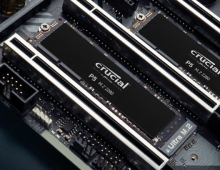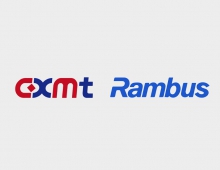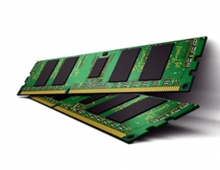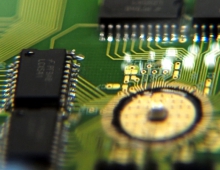
Rambus Proposes Micro-Threading to Boost GDDR Performance.
Rambus unveiled Monday a technology which is said to significantly increases memory subsystem efficiency, resulting in up to four times greater performance when compared to a traditional DRAM in applications such as 3D graphics, advanced video imaging, and network routing and switching.
Micro-threading increases memory system efficiency by enabling DRAMs to provide more usable data bandwidth to requesting memory controllers. A single core operation of a typical mainstream DRAM provides a larger amount of data than needed by many applications. As a result, large amounts of memory bandwidth are used to deliver a small amount of relevant data. Micro-threading enables the DRAM to provide several smaller relevant pieces of data in place of a single larger piece of data, resulting in higher memory bandwidth efficiency while minimizing power consumption.
With the application of micro-threading to a DRAM core, separate addresses are provided to different DRAM core partitions, enabling the requesting controller to generate multiple micro-RAS and micro-CAS operations in the same time it would take to generate a single RAS or CAS command to a standard DRAM. Simultaneously accessible banks allow for concurrent retrieval of data, which are then bundled into a single transmission.
Micro-threading may be applied to existing DRAM cores with relatively low incremental cost, Rambus said. To benefit from the performance increase, DRAM controllers interfacing with micro-threaded DRAMs need to be optimized for the new technology. This patent pending micro-threading technology is available for licensing today.
A Rambus analysis showed that a standard GDDR SDRAM being used in a 3D application can deliver between 50 and 125 million triangles per second, the company said. If the same GDDR SDRAM were to be enhanced with micro-threading, the rate of delivered triangles would increase to between 100 and 500 million triangles per second. By enabling higher triangle rendering rates, micro-threading, as it is applied to a DRAM core, benefits the end user experience by providing richer visuals, Rambus believes.
From xbitlabs.com





















